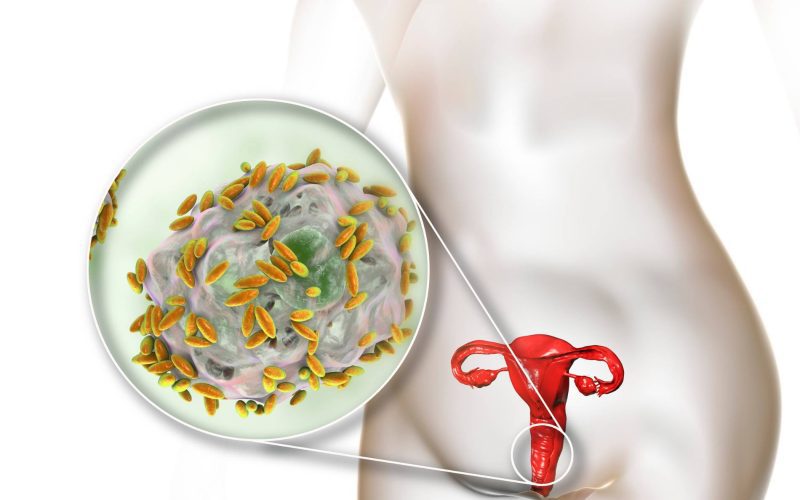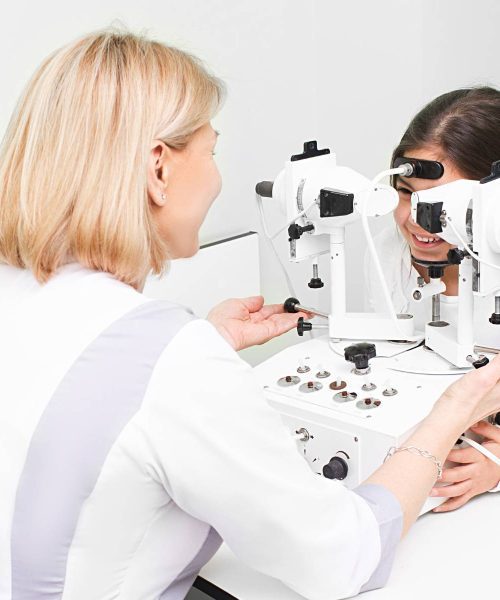Introduction
Bacterial vaginosis is a common infection that primarily affects women, causing abnormal vaginal discharge. It is important for both women and their partners to understand the risks and take preventive measures. In this comprehensive guide, we will explore various tips and strategies to help avoid bacterial vaginosis and promote optimal vaginal health.
Importance of Regular Examinations
One of the key preventive measures for bacterial vaginosis is to have regular yearly examinations with a gynecologist. These examinations enable early detection of any symptoms or abnormalities before they become noticeable. Often, bacterial vaginosis may not present any visible symptoms, and laboratory tests become necessary for diagnosis. Therefore, it is essential for women to prioritize regular examinations to stay informed about their vaginal health.
Surgical Procedures and Increased Risk
Women who have undergone gynecologic surgery should be particularly vigilant as such procedures may increase the risk of bacterial vaginosis. Despite the sterile environment in which surgeries are performed, the possibility of acquiring the infection still exists. It is crucial to follow the surgeon’s recommendations for post-operative follow-ups and examinations to ensure early detection and prompt treatment, if necessary.
Proper Douching Techniques
Douching can be a useful method for maintaining genital hygiene and preventing various diseases, including bacterial vaginosis. However, it is important to follow proper douching techniques to maximize its effectiveness. Using small amounts of the appropriate solution and adhering to recommended timing are crucial aspects of safe and effective douching. If you are uncertain about the correct technique or timing, consult your gynecologist for guidance and clarification.
Sexual Activities and Partner Selection
Engaging in certain sexual activities and having multiple sexual partners can increase the risk of bacterial vaginosis. Women should be particularly cautious when selecting their sexual partners, especially if they prefer same-sex relationships. It is advisable to prioritize a monogamous relationship, whether in a marriage or dating scenario, to reduce the risk of acquiring bacterial vaginosis. However, it is important to note that having other genital infections does not guarantee the development of bacterial vaginosis.
Additional Prevention Tips
In addition to the aforementioned measures, there are several other steps women can take to minimize the risk of bacterial vaginosis:
- Practice safe sex: Consistently and correctly using condoms during sexual activity can help reduce the risk of bacterial vaginosis.
- Avoid excessive vaginal washing: Overly frequent or aggressive washing of the vagina can disrupt the natural balance of bacteria, potentially leading to infections.
- Maintain good hygiene: Regularly washing the external genital area with mild soap and water can help maintain cleanliness and reduce the risk of infections.
- Choose breathable underwear: Opt for underwear made from breathable fabrics, such as cotton, to allow for proper air circulation and minimize moisture retention.
Conclusion
By understanding the preventive measures and adopting healthy habits, women can significantly reduce the risk of bacterial vaginosis. Regular examinations, proper douching techniques, cautious partner selection, and practicing safe sex are all essential in maintaining optimal vaginal health. Remember, prioritizing your vaginal health and seeking professional guidance when needed are crucial steps in preventing bacterial vaginosis.







